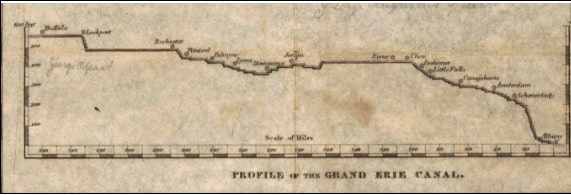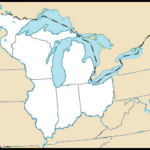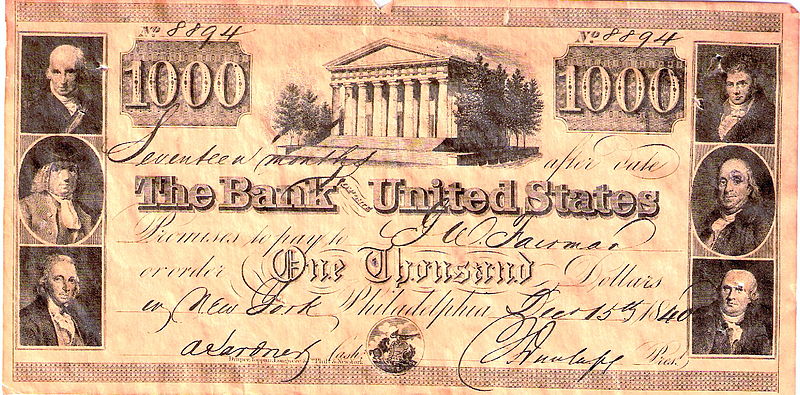The Erie Canal was a waterway that connected the East Coast to the Midwest by creating a navigable route between Lake Erie and the Hudson River. Erie Canal APUSH questions may cover a number of topics associated with the canal, including the reason for its construction and location, as well as its impact on trade and migration.
What is the Erie Canal?
In the 18th century, westward expansion was curbed by the difficulty of traveling over the Appalachian Mountains. The movement of people and goods between the East Coast and Midwest was limited because traveling via cart was slow and costly, and there were few viable passageways through the mountains. The Erie Canal was conceived to alleviate this problem.
Construction on the canal began in 1817. When it was completed in 1825, it was the first transportation route connecting the Atlantic Ocean and the Great Lakes that did not require the portage of craft over land. Building the canal required major innovations in engineering. Learning from European canal technology and developing new tools and methods as then went, the designers of the canal created a waterway that used 83 locks between Buffalo and Albany to move boats up and down the 600 feet change in elevation, allowing for easy transportation of barges between New York City and Lake Erie. Considered a engineering marvel at the time, the canal was an immediate success, and within 9 years, the $7 million used to pay for its construction was recouped through the canal’s tolls.
Important years to note for the Erie Canal:
- 1817: Construction on the canal begins
- 1825: Construction on the canal ends, two years ahead of schedule
Why is the Erie Canal so important?
The Erie Canal opened up the Midwest to the East Coast, and vice versa. This effectively changed the trajectory of the nation’s growth, both physically and economically. Transportation between the two regions could now happen in a fraction of the time, at a fraction of the cost. Settlers swarmed into Western New York and beyond, including the fertile lands of Ohio, Michigan, Indiana, and Illinois. Crops harvested in the Midwest could now be easily transported to the East Coast and beyond to Europe. Additionally, goods manufactured on the East Coast could be shipped out to the Midwest for purchase in the expanding settlements. The canal, in effect, gave rise to the consumer economy. New York City, connected to the canal via the Hudson, grew into the commercial capital of the country, surpassing the ports of New Orleans, Philadelphia, and Baltimore, shifting the financial center of America.
What are some historical people related to the Erie Canal?
DeWitt Clinton: New York Governor who fought to have the canal built.
What example question about the Erie Canal might come up on the APUSH exam?

(Source)
The Erie Canal was constructed to connect
A) the East Coast and the Midwest.
B) the Mid-Atlantic States and the Ohio Valley.
C) New York City and Canada.
D) the Great Lakes and the Mississippi River.
Answer:
The correct answer is (A). The Erie Canal was built between Albany and Buffalo, New York, in an effort to create easy transportation between the Great Lakes and the Atlantic Ocean via the Hudson River. The waterway was needed to allow for trade and transport between settlements in the Midwest and the East Coast. The canal allowed people and goods to flow freely across the Appalachians, opening up the west for population and commercial expansion.





Leave a Reply